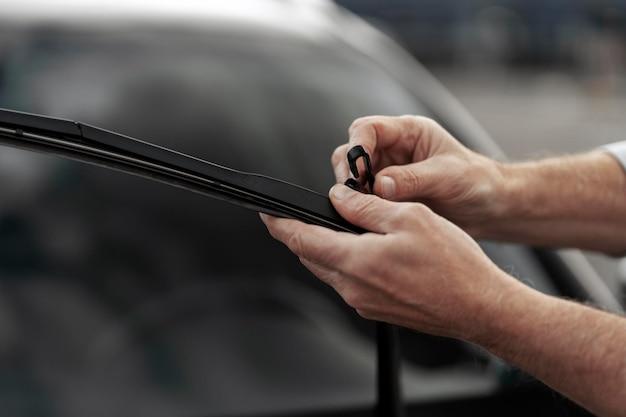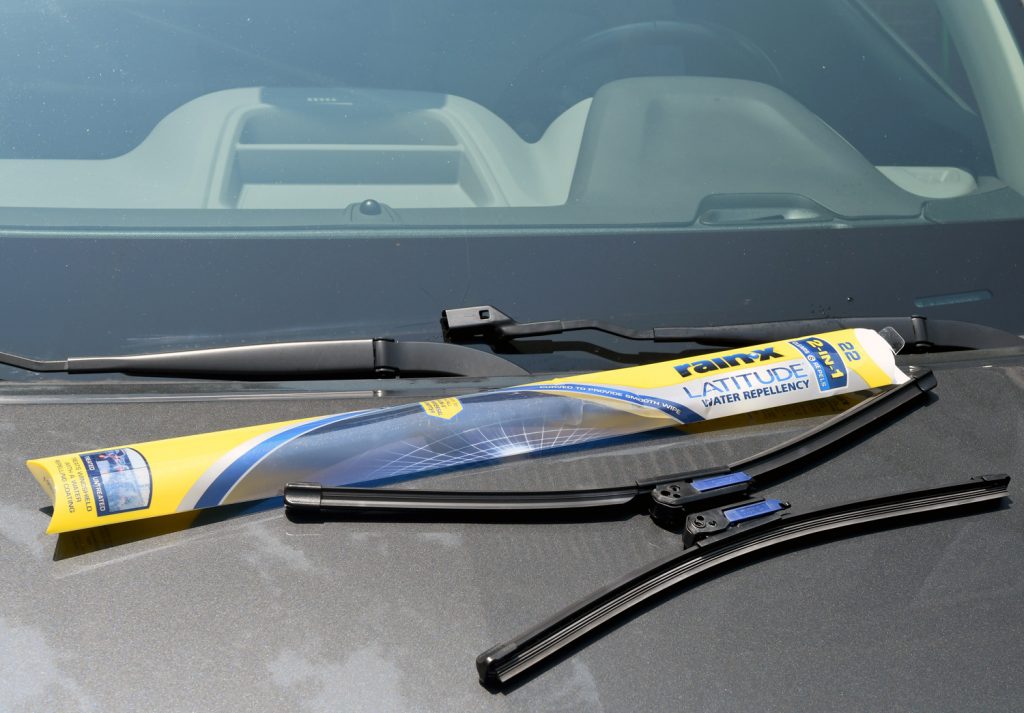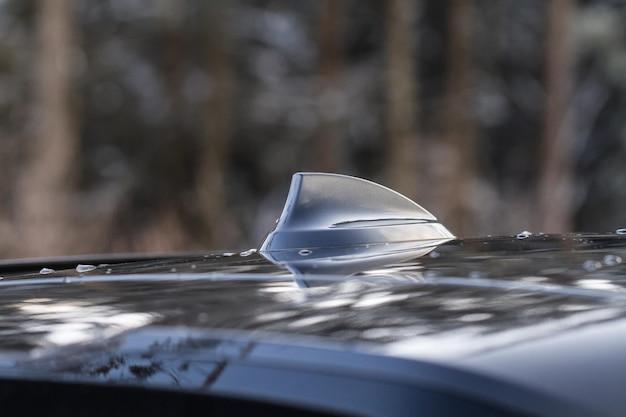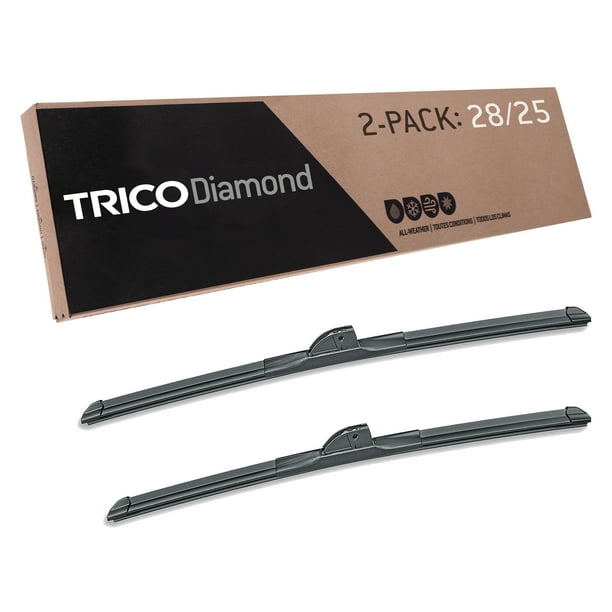Wiper Blades Only Work On High

Rain lashed against the windshield, blurring the world into an impressionistic painting of smeared colors. Inside, the rhythmic thump-thump-thump of the solely functional high-speed wiper setting was the soundtrack to a frustrating commute. Yet, a growing number of drivers are encountering a similar problem: their windshield wipers only work on the highest setting, leaving them stuck between a deluge and a dribble.
This isn't just an individual annoyance, but a widespread issue affecting various car models across different manufacturers. The malfunction raises questions about the reliability of modern vehicle components, the cost of repairs, and the potential safety hazards it poses to drivers navigating unpredictable weather conditions.
A Common Complaint, Varied Causes
The “wipers only work on high” phenomenon is a frequent topic in online car forums and repair shops. While the symptom is consistent, the underlying causes can vary, ranging from electrical faults to mechanical wear and tear.
Delving into the Electrical System
One common culprit is a faulty wiper motor or a malfunctioning multi-function switch. The multi-function switch, often located on the steering column, controls various functions including windshield wipers, turn signals, and headlights.
If the switch is damaged or its internal contacts are corroded, it may only send a signal to the highest speed setting, bypassing the lower speeds entirely. This is a diagnostic challenge, because it requires careful testing of the switch's continuity and voltage output.
Electrical issues don't stop there. A failing wiper motor resistor can also cause the problem.
The Role of Mechanical Components
Beyond electrical gremlins, mechanical factors can also contribute to the high-speed-only wiper issue. Over time, the wiper linkage—the mechanical system that connects the motor to the wiper arms—can become worn or damaged.
Worn linkages can create excessive resistance, preventing the motor from operating at lower speeds. In some cases, the linkage can become detached, resulting in the wipers only functioning intermittently or at the highest setting.
Another potential mechanical issue involves the wiper motor itself. The motor's internal components, such as brushes and bearings, can wear out over time, leading to reduced performance.
The Ripple Effect: Costs and Concerns
The frustrating reality of wipers that only work on high isn't just a minor inconvenience. For vehicle owners, it often translates into unexpected repair costs, ranging from a simple switch replacement to a more involved motor overhaul.
Quoting recent data from repair estimate websites, a replacement wiper motor can cost between $100 and $300, excluding labor charges. Furthermore, the safety implications of malfunctioning wipers can be significant, especially during heavy rain or snow.
Reduced visibility can impair a driver's ability to react to hazards on the road, increasing the risk of accidents. This is even more concerning in regions prone to sudden weather changes.
Preventative Measures and Maintenance
While some component failures are inevitable, preventative maintenance can help extend the lifespan of your windshield wiper system. Regularly inspecting and cleaning your wiper blades is a good start.
Dirty or worn blades can put additional strain on the wiper motor, potentially leading to premature failure. Additionally, avoid using your wipers on a dry windshield, as this can damage the blades and the windshield surface.
Applying a water repellent treatment to your windshield can also reduce the need for frequent wiper use, minimizing wear and tear on the system.
Seeking Expert Advice
When faced with the “wipers only work on high” issue, seeking professional assistance is always recommended. A qualified mechanic can accurately diagnose the underlying cause and recommend the appropriate repair.
Attempting to fix the problem yourself without proper knowledge and tools can potentially lead to further damage or injury. In many cases, specialized diagnostic equipment is required to pinpoint the exact source of the malfunction.
It is also helpful to have a trusted mechanic evaluate the entire electrical system.
Looking Ahead: Durability and Design
The prevalence of this issue raises questions about the durability and design of modern vehicle components. Are manufacturers prioritizing cost savings over longevity? Is there a need for more robust wiper systems that can withstand the rigors of daily use?
Perhaps advancements in materials science and manufacturing processes could lead to more reliable wiper motors and switches. Exploring alternative designs, such as brushless motors or more durable linkage systems, could also be beneficial.
The quest for longer-lasting and more dependable vehicle components is an ongoing pursuit, driven by both consumer demand and technological innovation.
A Call for Awareness and Action
The "wipers only work on high" problem, while seemingly minor, underscores the importance of regular vehicle maintenance and the potential safety risks associated with neglected repairs. By staying informed and proactive, drivers can help prevent unexpected breakdowns and ensure their vehicles are always ready to face whatever the road throws their way.
As technology advances, it is important to recognize that simple preventative care is critical to automotive health. It protects vehicle performance, and the safety of drivers and passengers.
Remember that functioning wipers are more than just a convenience; they are a vital safety feature that can make all the difference when the weather takes a turn for the worse.
















